The Kyoto Imperial Palace and other sites associated with the Imperial Family are precious historical sites that convey the nobility of the Imperial Family to the present day, offering a deep sense of history spanning for more than 1,500 years.
Kyoto Imperial Palace
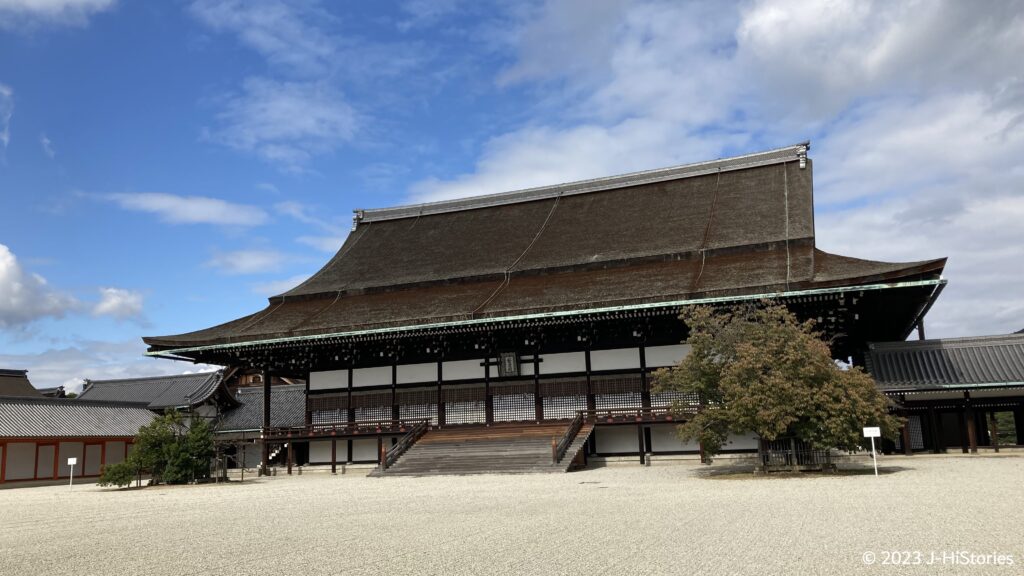
The successive emperors resided at the Kyoto Palace for over 1200 years. The successive emperors resided in Kyoto until the Meiji Restoration in 1868.
Imperial Palace (Edo Castle Ruin)
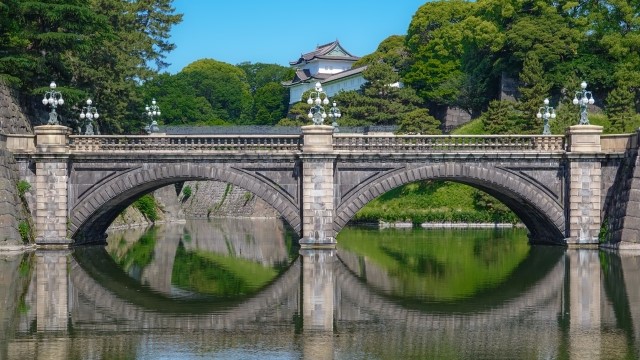
Emperor Meiji was the first emperor to visit and reside at the current Imperial Palace, the former Edo Castle of Tokugawa Shogunate.
Heijo-Kyo Palace
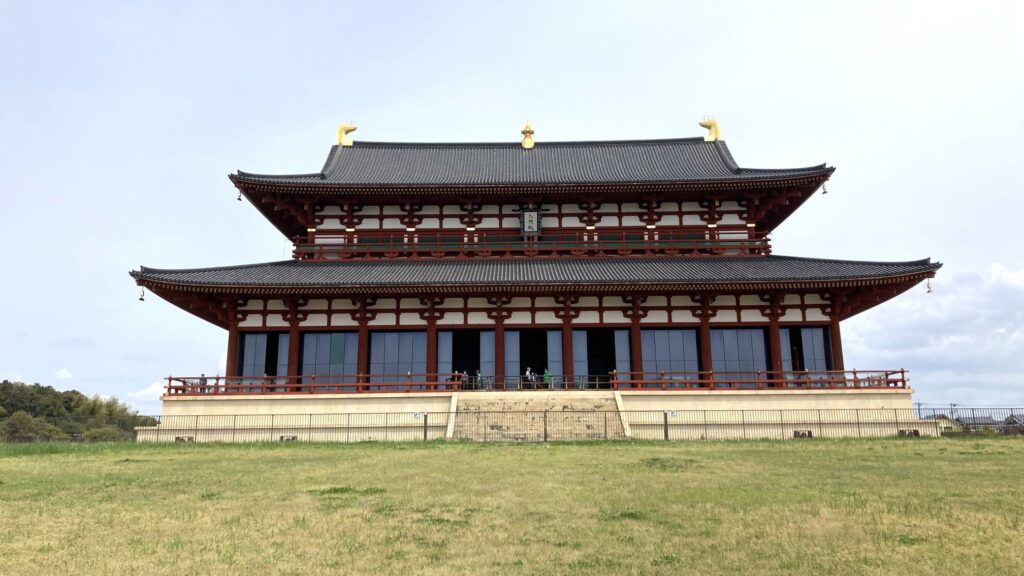
Heijo-kyo, the capital of the Nara period, was relocated by Emperor Genmei from Asuka. It was the begining of Nara Period. Suzakuouji Avenue, Daigokuden Palace, Suzakumon Gate, and Eeastern Garden, many historical buildings were rebuilt.
Katsura Imperial Villa
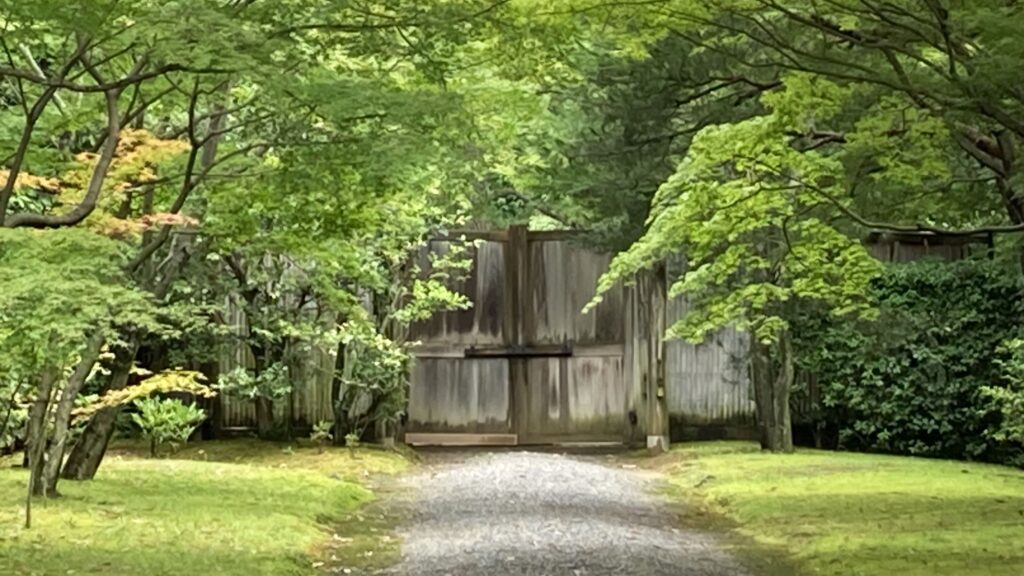
Authentically beautiful architecture, a detached palace created by two aesthetic princes. The functional beauty of the stone path should not be overlooked.
Shugakuin Imperial Villa

The Shugakuin built by the retired emperor, Gomizunoo-in, is surrounded by a courtly atmosphere. Its beauty is beyond description.
Daikakuji, former Detached Villa
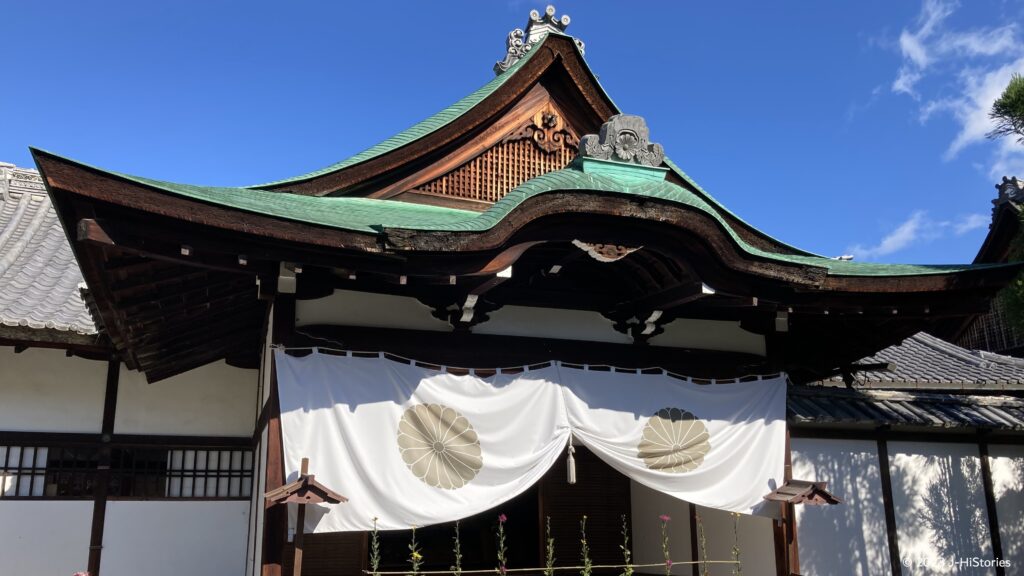
Why does Daikakuji Temple exude such an indescribable elegance? It was initially a detached villa of Emperor Saga. His era continued the peace and bloomed the court culture.
Kyoto Sento Imperial Palace

Kyoto Sento Imperial Palace was built on the occasion of Emperor Gomizunoo's retirement in 17C. Its garden is full of seasonal charm. Especially the beauty of autumn leaves is beyond words.
